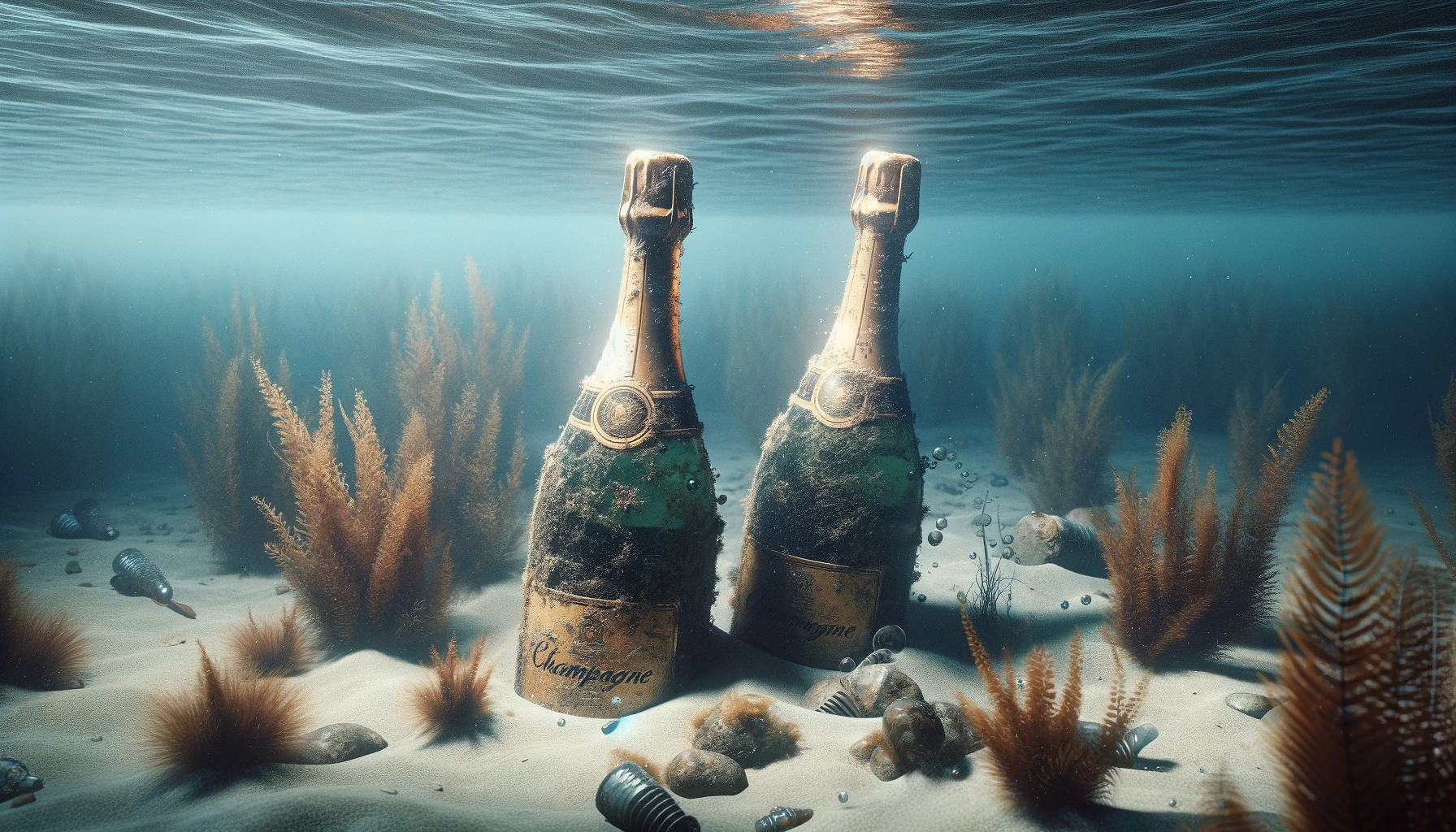
By The newspaper
Dec 28, 2023, 10:10 PM EST
The discovery in 2010 of 168 bottles of champagne in a Finnish shipwreck has uncorked a series of fascinating developments and possibilities for the future of winemaking, in a unique blend of history and innovation.
Found in the Åland archipelago, according to the specialized site IFLScience, these bottles, some from the prestigious houses of Juglar and Veuve Clicquot, have not only achieved a good price at auction, but have also inspired a new wave of thinking about the aging and storage of wine.
From the depths of the ocean to the heights of the auction
The shipwreck’s champagne, believed to be the oldest ever tasted, lay undisturbed at the bottom of the Baltic Sea from 1852 until its discovery. Initially described with terms like “wet hair” and “cheesy,” the Champagne’s flavor profile was noticeably transformed upon aeration, revealing complex and desirable notes.
This unexpected transformation led to an auction in which 11 bottles raised $156,000, and individual bottles are now estimated to be worth up to $190,000, according to an article in The Guardian.
The intriguing flavors and well-preserved condition of shipwrecked Champagne have brought the idea of underwater aging to the fore. Since traditional Champagne requires at least 15 months of cellar maturation, according to the Champagne Committee website, winemakers are now exploring the ocean as a unique environment that offers stable temperatures and protection from light.
Innovators like Leclerc Briant with his Abyss cuvée and other winemakers around the world are experimenting with submerging wine in various locations underwater, finding that wines can age more slowly, maintain freshness, and potentially develop unique flavor profiles.
The future of winemaking: beneath the waves
As the industry takes note of the potential benefits of underwater aging, the future of winemaking could see a paradigm shift toward these aquatic wineries.
The discovery of the shipwreck has not only provided a historical snapshot of 19th century champagne, but has also paved the way for a broader exploration of how the deep sea can influence and enhance the aging process.
Since sommeliers note that some wines taste like they’ve just been bottled even after two years underwater, this method might not just be about novelty, but also about unlocking new dimensions in wine quality and longevity.
The discovery of vintage Champagne on a Baltic Sea shipwreck has sparked a fascinating journey from historical curiosity to innovative winemaking practices.
As auction prices soar and winemakers delve into the possibilities of underwater aging, this find has not only shed light on the past, but is also shaping the future of the wine industry.
With the allure of vintage bottles and the promising results of water-aged wines, enthusiasts and industry experts alike are watching this space closely, ready to embrace the depths of possibilities that lie beneath the waves.
Keep reading:
· 86-year-old beer brewed for Edward VIII’s canceled coronation to be auctioned
· What has the most expensive cocktail in the world: it costs more than $20,000 dollars
· Bottle of champagne from 1874 sells for $57,000 dollars
